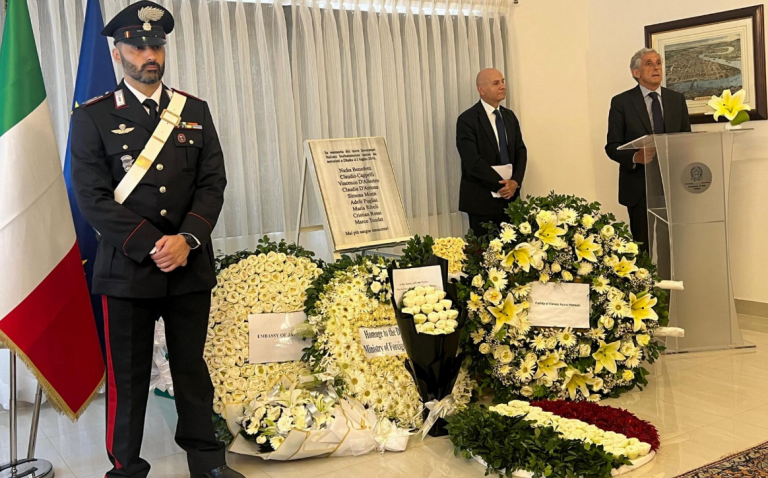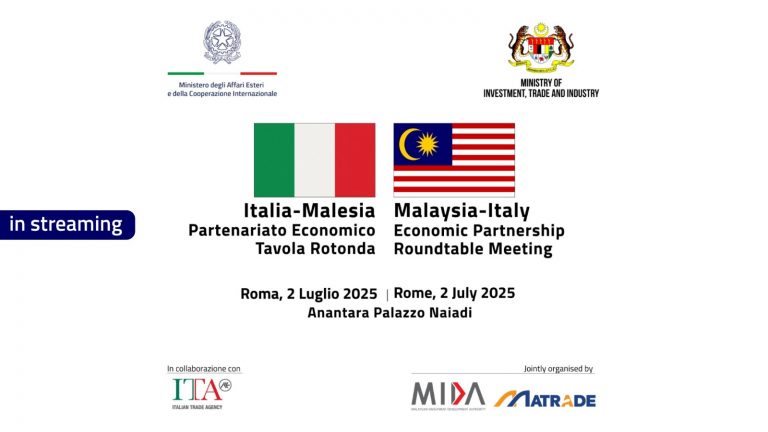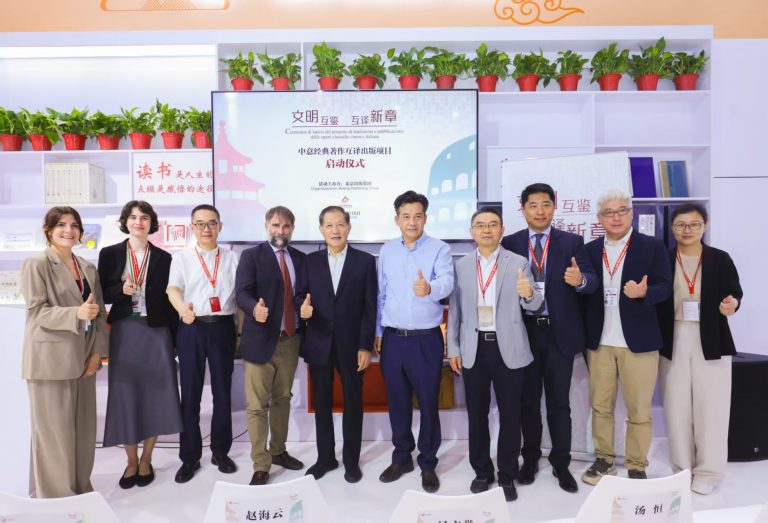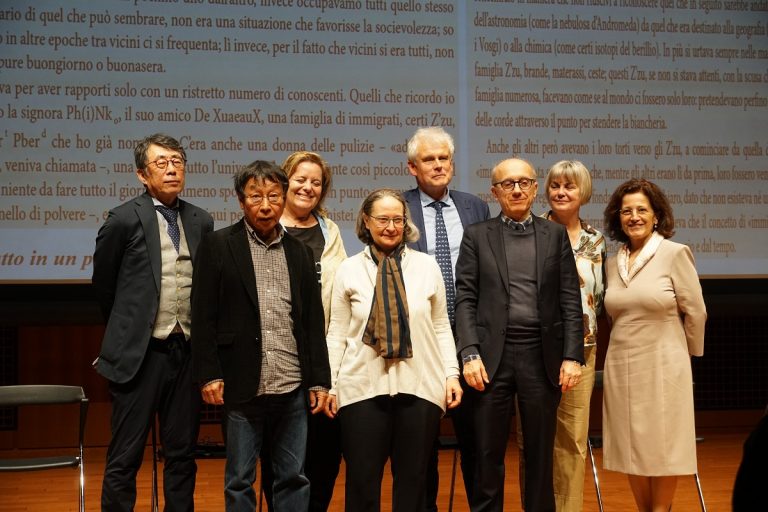The Indian government’s 5-year plan (2012-2017) envisages investments on the order of 1 billion USD to satisfy the country’s infrastructure needs, 50% of which will come from the private sector, which will use public/private partnership (PPP) as its method for making this contribution. Two of the most ambitious projects launched are:
1) Dedicated Freight Corridors: Railway corridors along the western Dadri (near Delhi)-Mumbai axis and the eastern Ludhiana (Punjab)-Dankuni (West Bengal, near Calcutta) axis.
2) the Delhi-Mumbai Industrial Corridor (DMIC), approximately 1500 km long and 150-200 km wide, running along the Delhi-Mumbai Dedicated Freight Corridor, crossing 6 Indian States, for an estimated total investment of 90-100 billion USD. A total of 24 industrial hubs are to be built along the DMIC, 7 of which are to be completed in the first of various stages.
A 6-lane motorway will be built along the corridor, i.e. the western segment of the Golden Quadrilateral National Highway, which will link the four metropolises of Delhi, Mumbai, Chennai and Calcutta.
To get a sense of the DMIC project’s importance and impact, it’s enough to consider that the 6 States it crosses account for 40% of India’s GDP. The goal is to triple production in the area concerned over a 9-year period, doubling jobs in 7 years and exports in 8-9 years. The basic infrastructure that are not economically sustainable will be financed with public funds; while the rest will come through PPPs. State participation will be handled by “nodal agencies” under the coordination of the Delhi Mumbai Industrial Corridor Development Corporation (DMICDC), set up in 2008 to manage the project and controlled by the Indian government for 49%, by Indian public agencies for 25% and by the Japan Bank for International Corporation for 26%.
Japan will contribute approximately 4.5 billion USD to financing and has, in this manner, ensured its interests in the development of specific segments of the corridor itself. But there is no lack of opportunity for Italian firms. An initial step regards the possible insertion into the DMIC of the LEGEM project for the construction of an integrated, efficient and eco-sustainable Italian city; more in general, the DMIC offers attractive prospects for Italian firms in the areas of construction, from master-plans to engineering, energy (including renewable), transport, water treatment and waste management, logistics and telecommunications, urban planning and materials industries.
In order to meet the Delhi government’s objectives, it is expected that the amount of GDP dedicated to infrastructure investments will rise from 8 to 10%.
(infoMercatiEsteri)
Read more, in Italian









